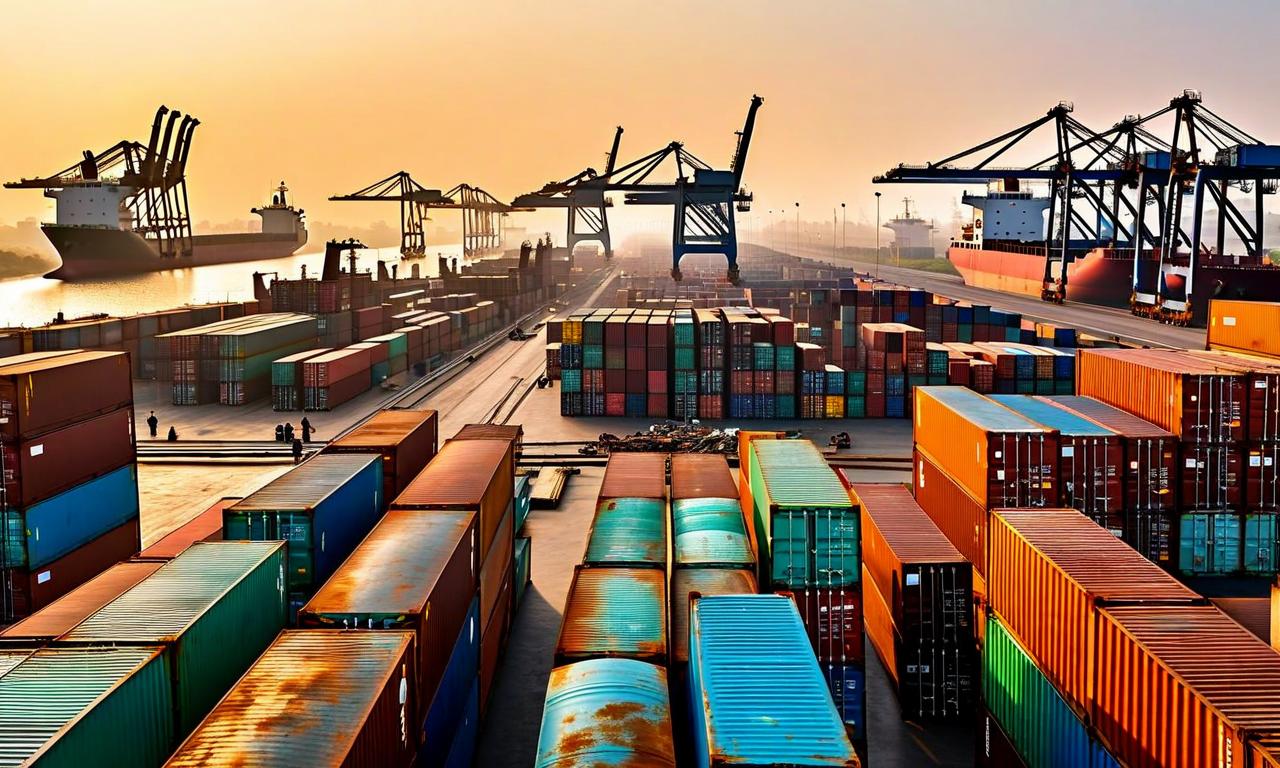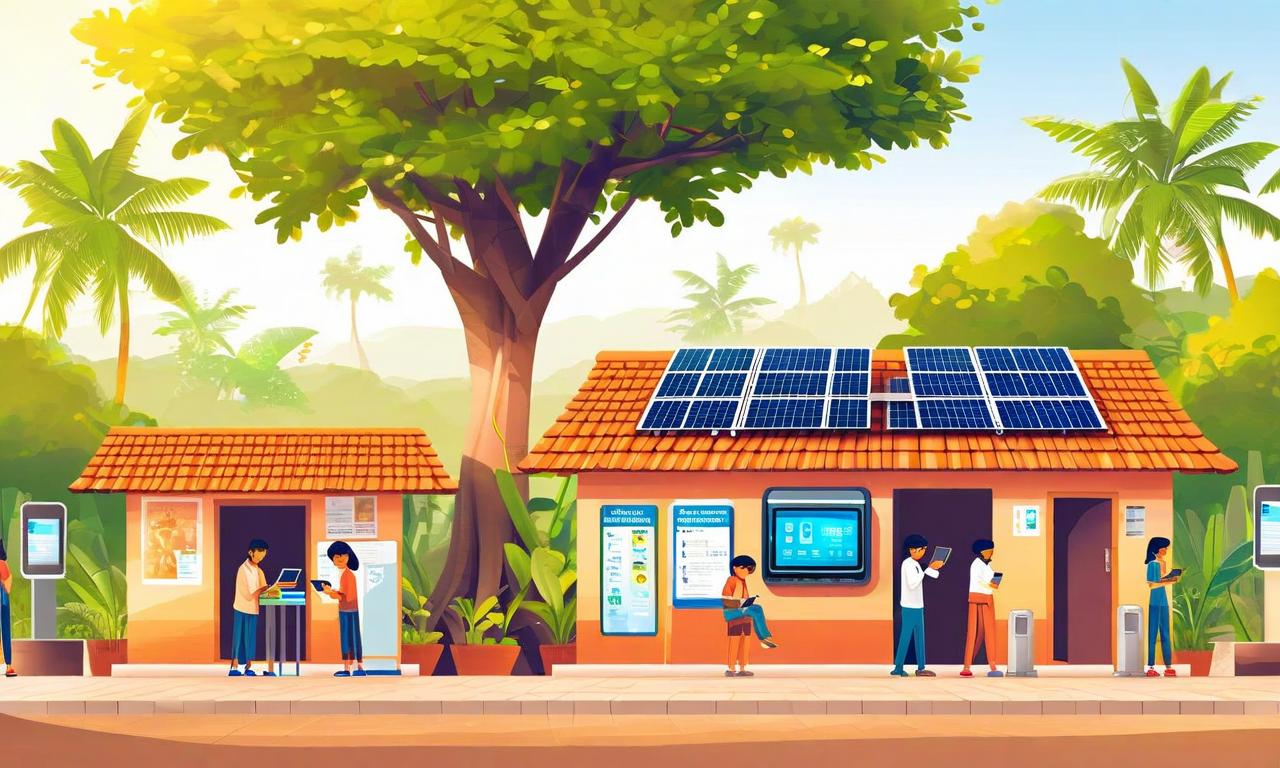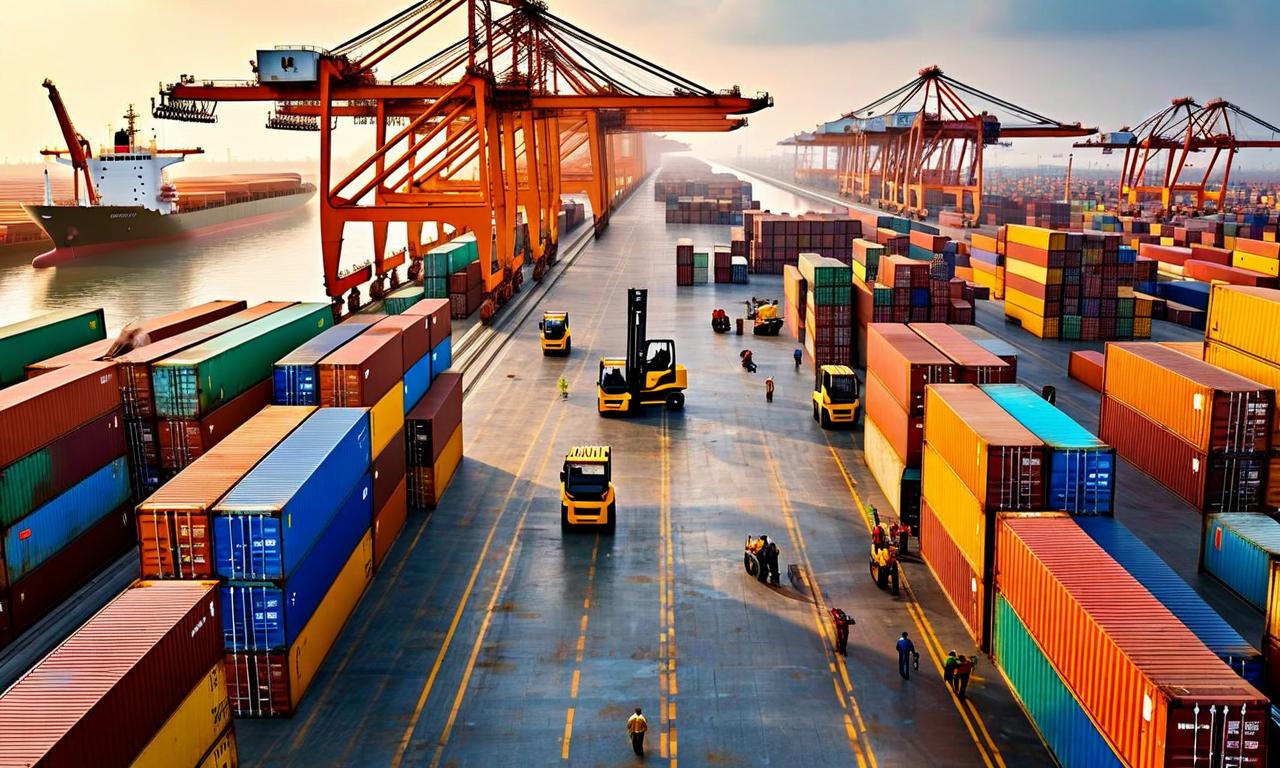India Awaits US Response on Bilateral Trade Agreement as Exports Surge Despite Tariffs
India is waiting for the US response on Bilateral Trade Agreement negotiations, with no fresh talks currently needed. Despite facing high US tariffs, India's exports to the US grew by 13.30% to $45.82 billion in the first half of the current fiscal year. India hopes for concessions on steel and aluminum exports and has indicated potential to import $12-$13 billion worth of crude oil and natural gas from the US. The US government shutdown and reduced workforce are cited as factors affecting the timing of full-scale negotiations.

*this image is generated using AI for illustrative purposes only.
In the realm of international trade, India finds itself in a holding pattern, awaiting the United States' response on the Bilateral Trade Agreement negotiations. Government sources indicate that no fresh talks are currently needed, as both nations had previously made significant progress on most trade issues.
Negotiation Status
The negotiations between India and the US were described as 'very close to a deal,' with technical discussions ongoing, particularly regarding non-tariff barriers. However, the current US government shutdown and reduced workforce have been cited as factors making the timing unsuitable for full-scale negotiations.
Tariff Challenges and Export Growth
Despite facing some of the highest US tariffs since August, India's exports to the United States have shown remarkable resilience:
| Period | Exports to US | Growth |
|---|---|---|
| First half of current fiscal year | $45.82 billion | 13.30% |
| Same period last year | $40.42 billion | - |
This growth comes in spite of 50% tariffs on certain imports from India. The Indian government has expressed hope for concessions on steel and aluminum exports, describing the US tariffs on these items as violating WTO rules. India reserves the right to suspend equivalent concessions in response.
Potential for Increased US Imports
In a move that could potentially balance trade relations, India has indicated its capacity to import significant amounts of energy resources from the United States:
| Resource | Potential Import Value |
|---|---|
| Crude Oil and Natural Gas | $12-$13 billion |
Importantly, this substantial import could be achieved without altering refinery configurations, suggesting a relatively smooth implementation process.
Looking Ahead
As both nations navigate these complex trade dynamics, the ball appears to be in the US court. The Indian government awaits a response, maintaining that the groundwork for a mutually beneficial agreement has already been laid. The coming months will be crucial in determining the trajectory of this important bilateral trade relationship.
While challenges persist, the continued growth in India's exports to the US, even in the face of high tariffs, underscores the resilience and potential of this trade partnership. As global economic landscapes shift, the outcome of these negotiations could have far-reaching implications for both countries and the broader international trade community.





























